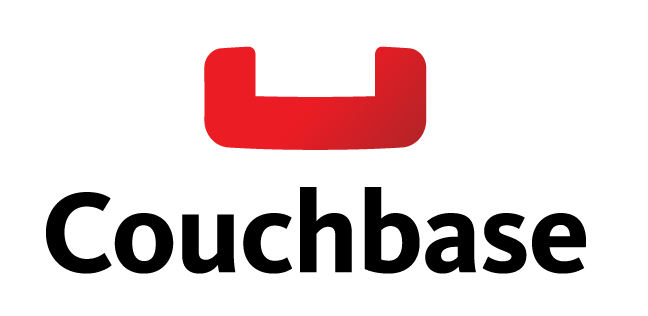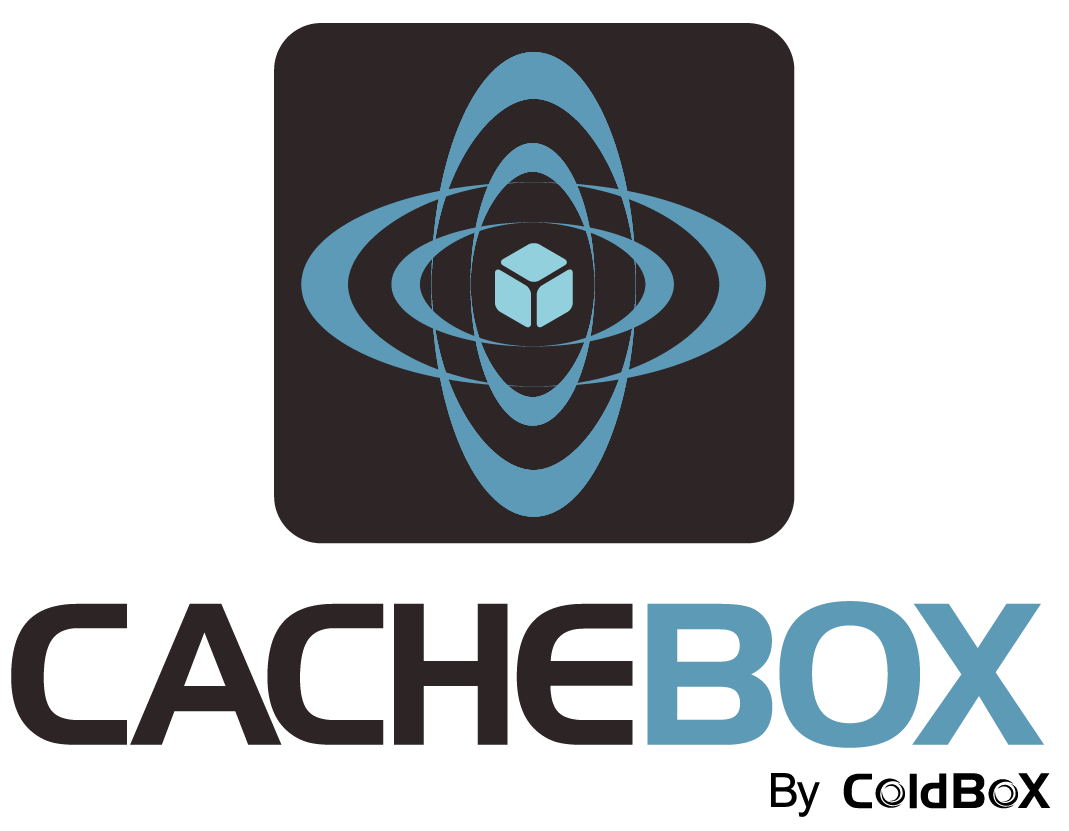


In our previous posts, we covered how to get Couchbase installed and set up your first cluster. Then we showed you how to use Couchbase for an ORM secondary cache. Now it’s time to showcase our Couchbase CacheBox provider that we released just a few days ago. This is a CFML provider that uses the Java SDK for Couchbase and lets you create one or more named caches in CacheBox that connects to one or more buckets in a Couchbase cluster. Once you connect up CacheBox, you can seamlessly also store ColdBox Platform cached events/views in Couchbase along with anything else you use the CacheBox API for. So basically you have full Couchbase storage capabilities from ColdBox and non-ColdBox applications. Let’s get started!
The CacheBox Couchbase provider does not ship with the ColdBox core, but can be found in our community repository; ForgeBox. You can use this provider in any installation of CacheBox that is bundled with the ColdBox Platform, or in a standalone installation. Here’s some handy links for you:


In our first two posts, we covered how to install Couchbase server


In our first two posts, we covered how to install Couchbase server and get a cluster up and running. In this post we are going to put that cluster of yours to use and show you how to configure it as an ORM secondary cache provider for your ColdFusion applications.
Please remember that the installation instructions are pretty much the same for Adobe ColdFusion and Railo CFML.
If your “cluster” is still just a single server, don’t worry. The size and configuration of a Couchbase cluster is seamlessly invisible to the connecting client. Meaning you can grow and scale your cluster without changing your setup/connection code.
At this point in time, there is no Couchbase-specific library for a Hibernate secondary cache, but luckily for us, Couchbase is compatible with the memcached protocol, so we can use the memcached library. The only drawback is that if you are connecting on the standard port of 11211 to Couchbase, the library will only be able to connect to the “default” bucket. To use a named bucket for your ORM Secondary cache, you will need to assign the Couchbase bucket you create to a unique port number with NO password when you create it in Couchbase Administrator application.

 Here at ColdBox HQ, we've been falling in love with Couchbase. It's a distributed Memcached-compatible key-value store AND NoSQL database. Hopefully you been reading out Couchbase
Here at ColdBox HQ, we've been falling in love with Couchbase. It's a distributed Memcached-compatible key-value store AND NoSQL database. Hopefully you been reading out Couchbase


Today we are releasing an open source Couchbase provider for our CacheBox library whether you use it standalone or within a ColdBox application. We have been working with Couchbase NoSQL server and have been absolutely loving it. This provider will allow you to leverage Couchbase Server from any CFML application that leverages CacheBox for your caching needs. We have created two providers in our initial release: 1) For standalone Couchbase integration in any CFML application, 2) For ColdBox applications. The latter will allow you to hook up Couchbase to your ColdBox applications and even allow you to use it for event and view caching alongside data caching. We also take care of serializations and Java inter-operability for Adobe ColdFusion and Railo CFML as well. You can also leverage the Couchbase ColdBox provider for Flash RAM capabilities as well. As with anything we do here at Ortus, this provider is fully documented and professionally supported.


This is our second part of our Couchbase and CFML series that we started last week. In our first post, “Installation and Introduction to Couchbase” we talked about Couchbase Server, how to install it, and how it can help create a fast and scalable caching layer for your applications. Today we’re going to talk about setting up a Couchbase cluster and look at our first use for it: as a Hibernate secondary cache for ColdFusion ORM.

In our previous post we set up a very simple cluster of only one node. Let’s look at how Couchbase lets you expand your cluster horizontally as your needs increase. A cluster can have as many nodes as you want, seriously! All nodes in a cluster will be exact copies of each other in regards to their buckets and even their configuration. When you set up the first node, you will choose how much RAM you want for each node in that cluster to allocate itself. You can only add a new node to the cluster if it has enough RAM to allow for the node size specified in the cluster at setup. Therefore, the total amount of RAM in the entire cluster will be the node size times the number of nodes.


Today the Ortus Solutions blog is starting a new series on how to leverage Couchbase NoSQL from ColdFusion and also releasing some great new products under the Ortus stack throughout our series. We'll being showing how to install Couchbase...


Caching is an important layer in today's applications that require high availability in clustered environments. Caching demands require fast performance, lots of storage, and the ability to scale horizontally so your cache infrastructure can grow with your needs. We take caching seriously which is why we've built tools like CacheBox which is not only a caching engine, but an aggregator and API for other caches. In-process caches which run on the JVM alongside your application and share the same heap space are convenient and easy to set up, but they have limitations. This is why we've spent time learning about other out-of-process caching strategies.